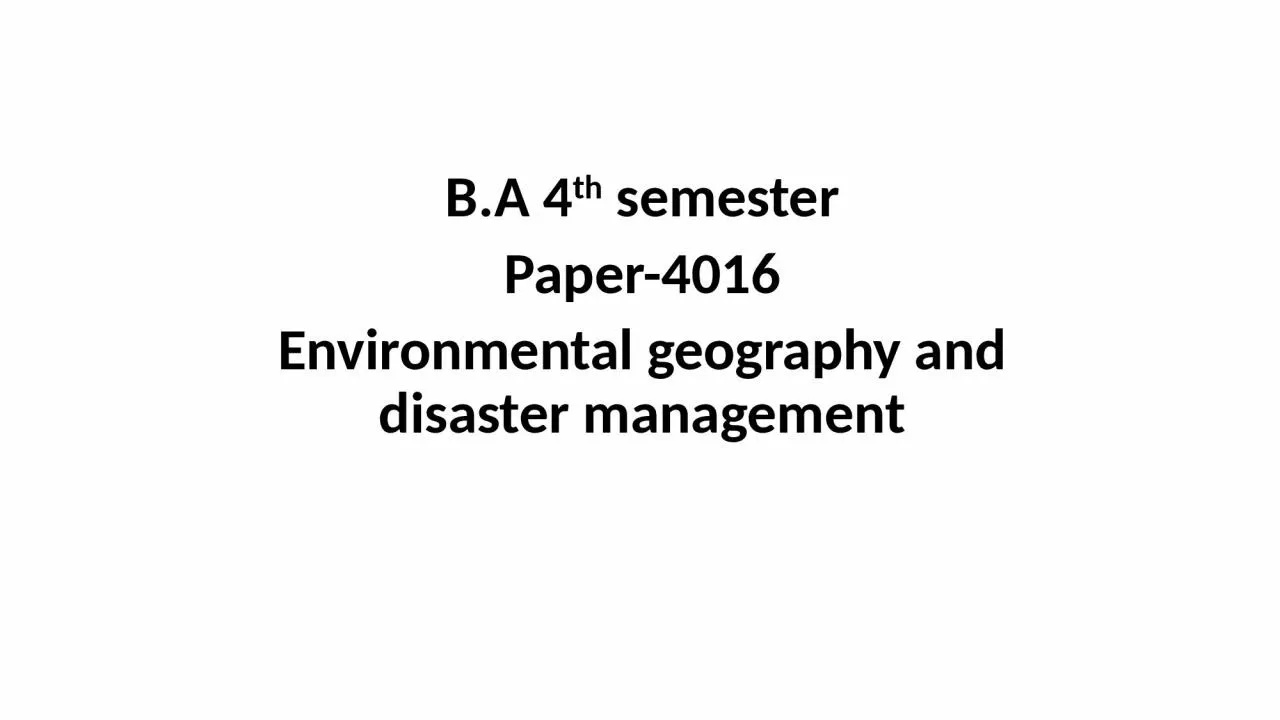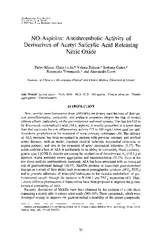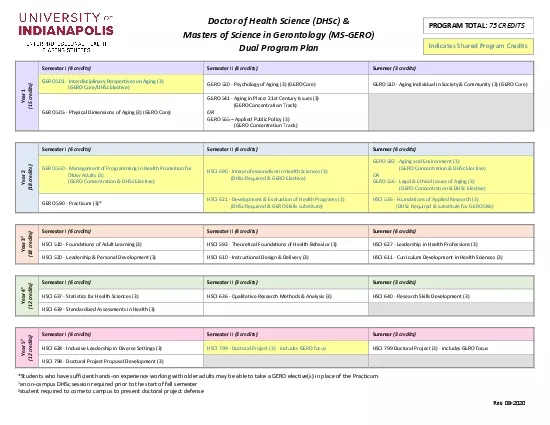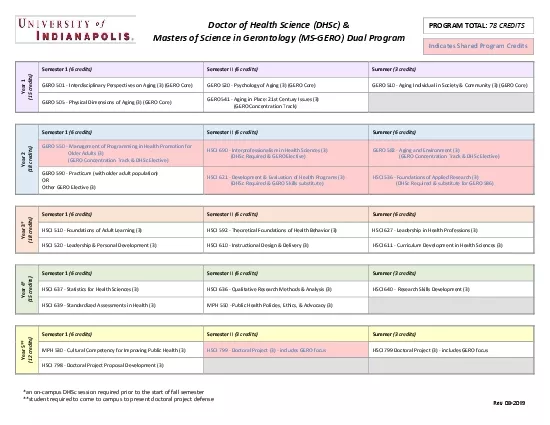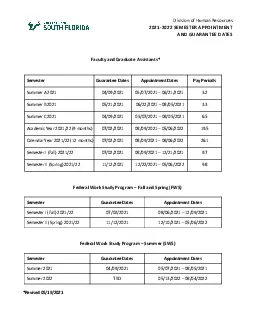PPT-B.A 4 th semester Paper-4016
Author : olivia | Published Date : 2023-06-24
Environmental geography and disaster management Deforestation as a major global environment problem Forests are ecological as well as socioeconomic resources Forests
Presentation Embed Code
Download Presentation
Download Presentation The PPT/PDF document "B.A 4 th semester Paper-4016" is the property of its rightful owner. Permission is granted to download and print the materials on this website for personal, non-commercial use only, and to display it on your personal computer provided you do not modify the materials and that you retain all copyright notices contained in the materials. By downloading content from our website, you accept the terms of this agreement.
B.A 4 th semester Paper-4016: Transcript
Download Rules Of Document
"B.A 4 th semester Paper-4016"The content belongs to its owner. You may download and print it for personal use, without modification, and keep all copyright notices. By downloading, you agree to these terms.
Related Documents

